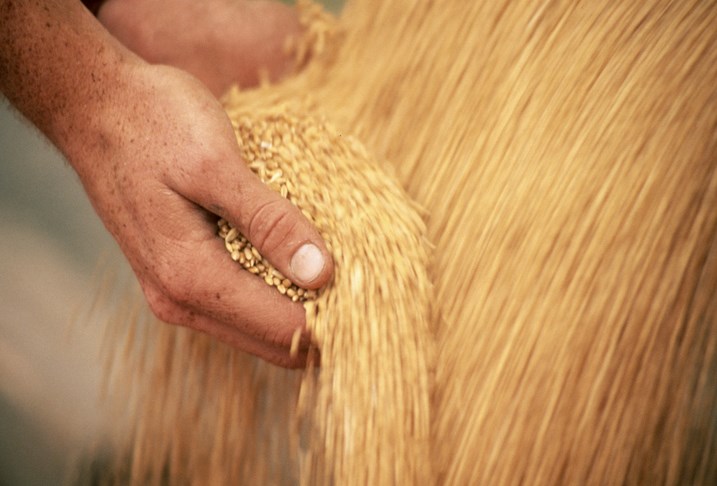The growing disconnect between farmers and non-farmers in Canada has been the topic of much discussion and no small amount of consternation in agricultural circles over the past decade or so.
There’s been a plethora of initiatives launched to bridge that gap, including Ag in the Classroom, the Centre for Food Integrity, Farm & Food Care, open farm days, and informational campaigns — not to mention the efforts of individual farmers engaging in person or on social media. These efforts are all valuable and have an important role in fostering dialogue around food and how it is made.
However, a socioeconomic profile of Canada’s farm population released by Statistics Canada last month shows the differences go much deeper than farmers versus non-farmers or rural versus urban.
The face of Canada’s farmers is changing, to be sure, but at a much slower pace than that of the general population, whether we look at age, gender, race, incomes and even the diversity of spiritual beliefs.
While Canada’s population is becoming increasingly diverse, the profile of its farming population continues to mirror tradition.
There was a time in history when the farming population of Canada almost unanimously consisted of new immigrants.
Now, newcomers to Canada make up 6.9 per cent of the farm population. By comparison, they represent 23.1 per cent of the Canada’s population. Individuals from racialized groups make up 3.7 per cent of the farming population but more than one-quarter of the national population (26.6 per cent.) While Indigenous farmers were Canada’s first farmers, today they make up only 2.8 per cent of farmers.
The farm population also has a higher percentage of men and older people than the rest of Canada. All Canadian families are getting smaller, but the size of farm families is shrinking more rapidly.
There is one benchmark however, where the pace of change in farming has moved much more quickly than the rest of Canada. In 1971, farm household income, which includes income from all sources, was 34 per cent lower than for non-farmers. Today, it is almost 15 per cent higher.
That’s partly explained by the increasing productivity and profitability of agriculture. However, just under 46 per cent of farm households also report wages, salaries and commissions as their main source of household income — which speaks to the hard-working nature of people in the sector.
Farmers and their organizations have for decades had to punch above their weight to be heard by policy makers. As farm numbers continue to shrink, that need continues to grow. The latest census shows farmers now represent only 1.6 per cent of the Canadian population.
It’s tempting to look at these differences and say, “so what?” Most of what Prairie farmers produce goes to export markets anyway.
However, these increasingly diverse demographics help explain why efforts to educate “the” consumer and influence policy makers don’t always have the desired effect.
Remember, it is the Canadian consumer who guides how food retailers respond to environmental or ethical concerns in the production chain. Those decisions have impacts that reach back to the farm. It’s the Canadian taxpayer who influences policy and regulatory oversight.
There’s nothing wrong with being who we are. What’s important is to know that others see the world differently.
Understanding how perspectives differ because of age, culture, gender or ethnic origins will be pivotally important to helping others understand farmers and farming.
Karen Briere, Bruce Dyck, Barb Glen, Michael Robin, Robin Booker, Laura Rance and Mike Raine collaborate in the writing of Western Producer editorials.
Don't count on social media to deliver your local news to you. Keep your news a touch away by bookmarking The News-Optimist homepage at this link.
Here's why you should bookmark your favourites.
Bookmark SASKTODAY.ca, Saskatchewan's home page, at this link.




